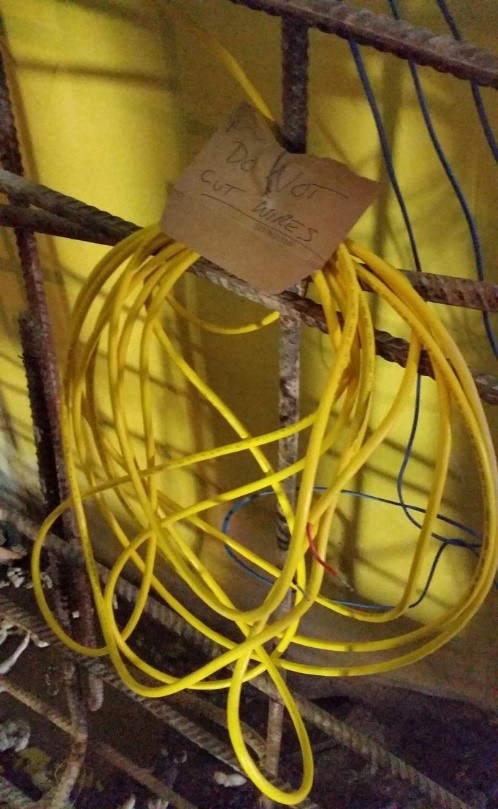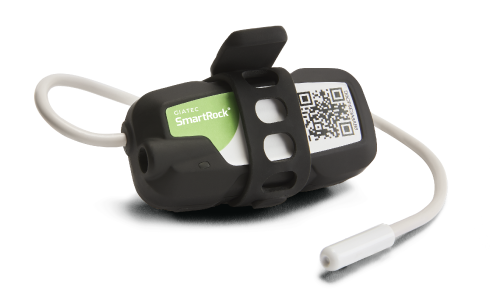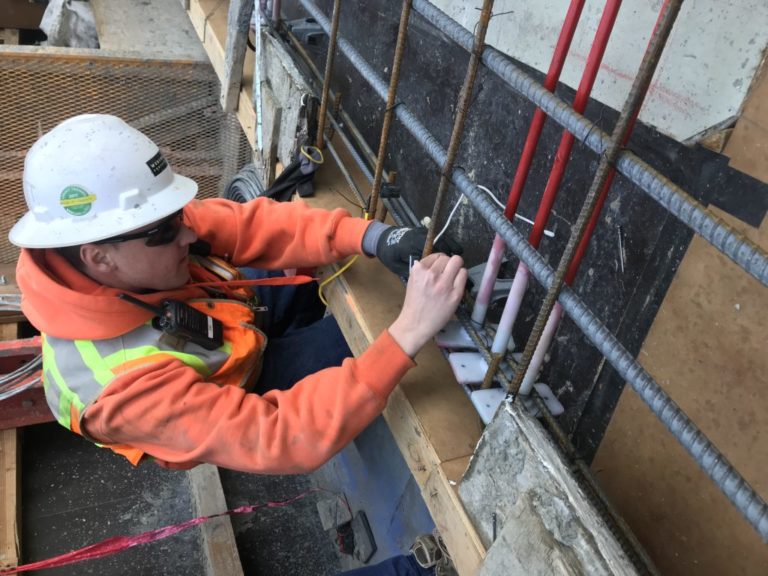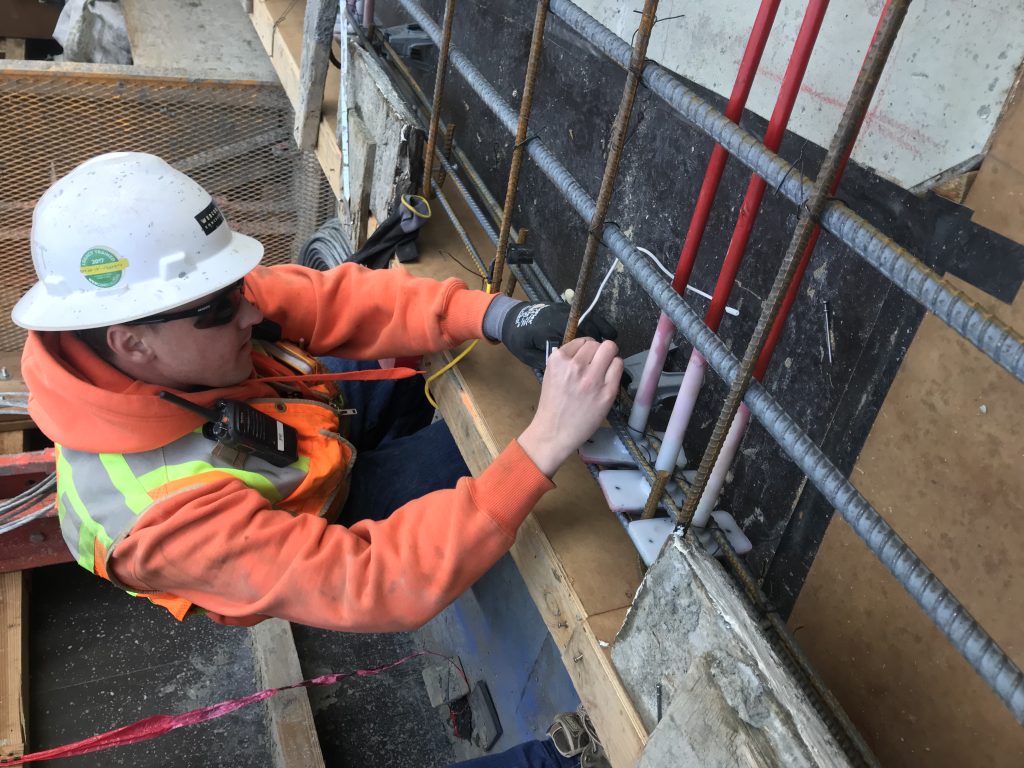Concrete temperature testing is a fundamental aspect of ensuring the quality, strength, and durability of concrete structures. It helps construction professionals make informed decisions during the construction process, leading to safer and more reliable built structures. Over the years, the technology for concrete temperature testing has changed for the better. The market offers a variety of devices, and in this blog, we want to explore the basic differences between the classic concrete thermometer and wireless sensors.
Explore 12 Futuristic Technology Trends Solving Concrete's Biggest Challenges.
What is the right solution for your concrete temperature needs?
What Is a Concrete Thermometer?
A concrete thermometer is a specialized thermometer designed for measuring the temperature of concrete during various stages of construction. They work particularly well during the curing process. Concrete thermometers are placed directly within the concrete. They are either embedded during construction or inserted into small holes drilled into the concrete. Thermometers provide temperature readings at various depths within the material. Their main purpose is to measure temperature alone and they often require physical access to retrieve temperature data, especially if they lack wireless capabilities. Data may need to be manually recorded at the site or through data loggers, which also require manual work.

What Is a Wireless Concrete Sensor?
Similarly to concrete thermometers, wireless sensors are meant to be embedded in the concrete. However, their primary feature is the ability to transmit data wirelessly to a central monitoring system. This is a great advantage when it comes to concrete monitoring because it allows for remote monitoring and real-time data access, making it more convenient for applications where continuous monitoring and instant data retrieval are required. Advancements in sensor technology have made it possible for these devices to be used for various temperature monitoring applications, not limited to curing, unlike common concrete thermometers. Wireless sensors are versatile devices employed in construction, industrial, and research settings for monitoring environmental conditions, equipment temperatures, and more.
While similar in concept, concrete thermometers and concrete wireless sensors differ slightly in application and data accessibility. Luckily, there’s a device on the market now that offers the best functionality.
SmartRock® the Wireless Sensor for Temperature and Strength
SmartRock is the wireless concrete temperature and strength measurement sensor that doesn’t let you worry about ambiguous wait times. These sensors deliver real-time, accurate data to your mobile device every 15 minutes with the free SmartRock mobile app. Its wireless capability allows team members to work efficiently without worrying about protruding wires or searching for them under heating blankets when relying on external data loggers. The sensor is fully embedded in the concrete and secured on the rebar within the formwork. SmartRock continuously monitors the effect of ambient temperatures and the external environment on your in-situ concrete.

This makes it easier to control concrete curing and ensure optimal conditions for the gain of compressive strength of concrete. In addition, real-time results allow contractors to optimize the heating process, reduce energy costs, and save time in their project schedule. This is possible by knowing when concrete has gained sufficient strength for subsequent construction operations, such as formwork removal or post-tensioning.










